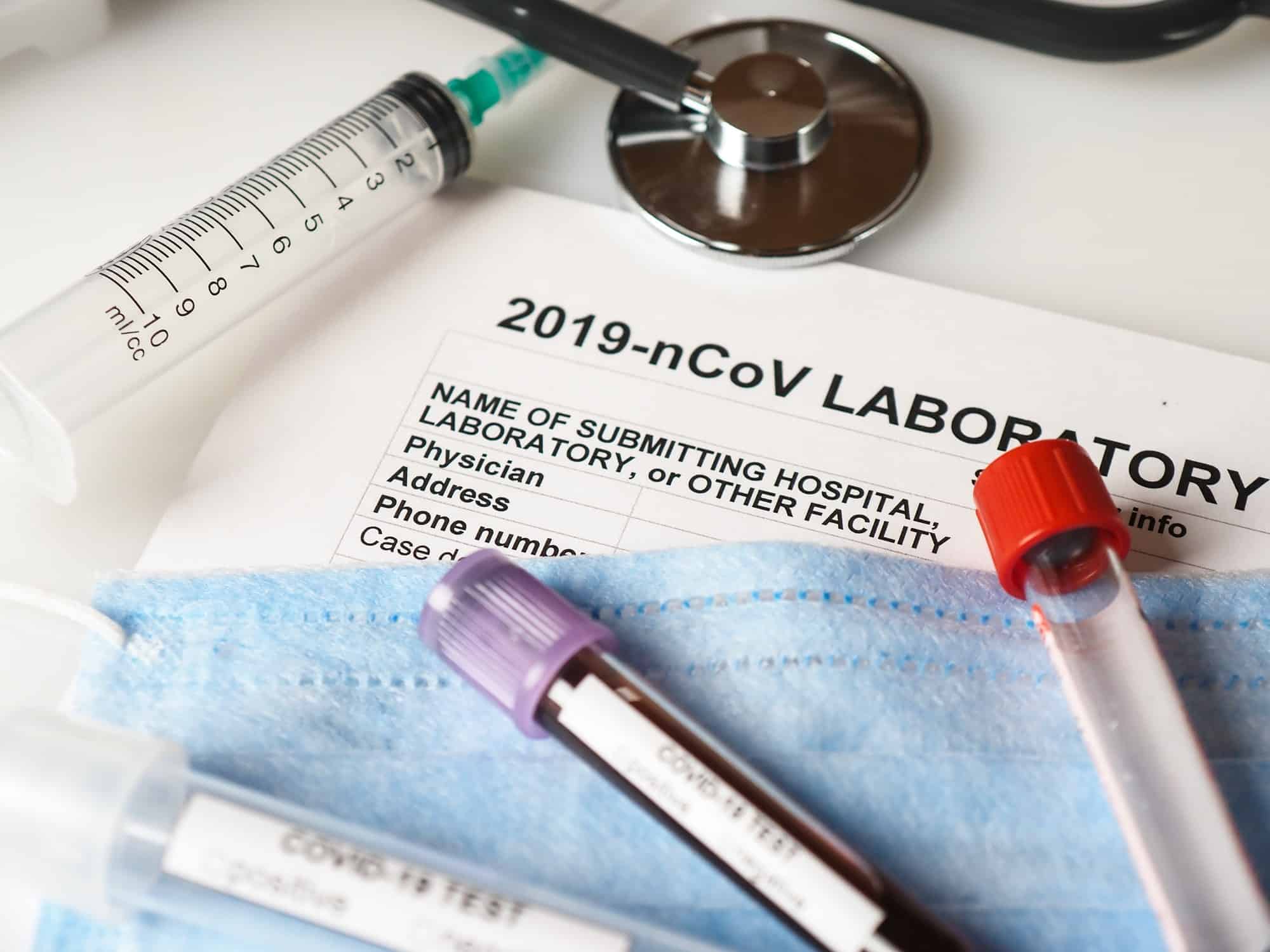As Ontarians prepare for a second wave of COVID-19, the province is altering its testing protocols.
The system is falling behind the need for tests as schools have reopened and public demand has increased, as witnessed by this week’s decision by Grand River Hospital to halt its drive-through clinic due to overwhelming numbers.
Instead of aiming for widespread testing, the Ford government is prioritizing high-risk demographics and individuals. Saying its measures had been adequate for the first wave of the coronavirus, the province now says changes are necessary.
“Throughout the COVID-19 pandemic, Ontario has adhered to public health measures and established a strong foundation for testing and case and contact management that allowed us to rapidly identify and contain any COVID-19 outbreaks. To support this, Ontario established a provincial COVID-19 lab network with capacity for more than 40,000 daily tests. As the trajectory of the COVID-19 pandemic has changed, the province must also adapt its approach to testing,” Dr. Barbara Yaffee, associate chief medical officer of Ontario, said in a statement this week in announcing the changes.
The amendments to testing will still allow for symptomatic individuals and people that have been in close contact with a carrier to receive their test, she added.
“Publicly funded testing will be available and easily accessible for those who are symptomatic, have had close contact with a confirmed case, or are part of an outbreak investigation. In addition, testing will continue to be available on a targeted basis for specific asymptomatic individuals who are at greater risk due to their health condition or employment, at the direction of the Ministry of Health or the Ministry of Long-Term Care. Evolving our testing guidance in this way will support timely access to testing for those who need it.”
The province is looking to clarify who should be going to testing centres: Those that are experiencing symptoms of COVID-19 or have been exposed by a confirmed case and been notified by the local public health unit or COVID-19 alert app, a coworker or co-residents have been confirmed positive, eligible for testing under the ministry of health and or ministry of long term care.
Shifts in the protocols come as the province experiences daily increases in positive cases not seen since the spring. Yesterday, for instance, Ontario had 409 new cases, bringing the total number since the outbreak began to 48,905.
In announcing the shift in testing during a press conference Wednesday, Premier Doug Ford said, “Folks, I want to reassure you no one that needs a test will be turned away.”
That goal becomes somewhat more difficult as areas such as Waterloo Region switches to appointment-only testing rather than walk-in or drive-through.
As for Friday, there are 149 active cases of the virus, with outbreaks identified at nine facilities such as long-term care homes and daycare centres. To date, 1,676 people in the region have tested positive for COVID-19.
The region has boosted testing number since earlier in the month, completing about 18 per cent more over the last two weeks. Provincially, testing numbers have jumped to about 30,000 per day from 25,000 on September 10.










